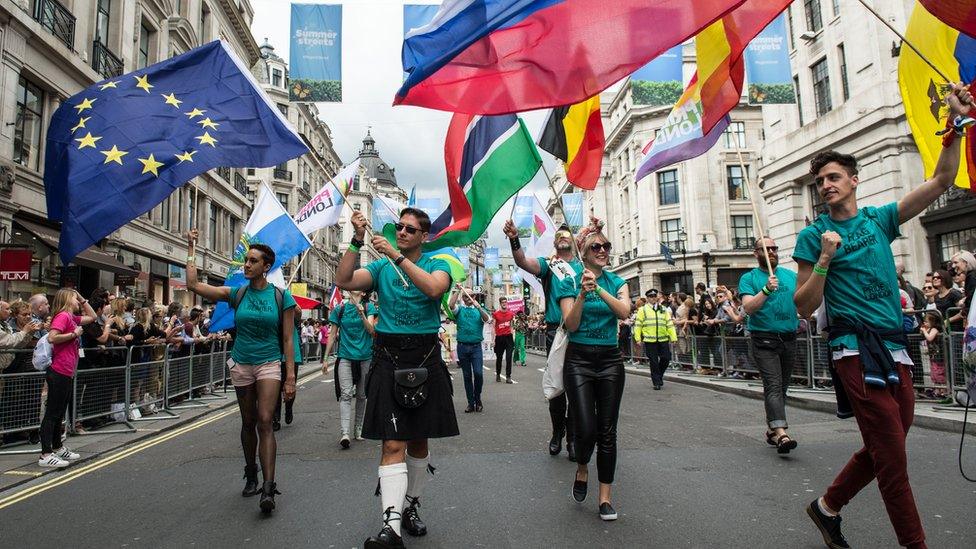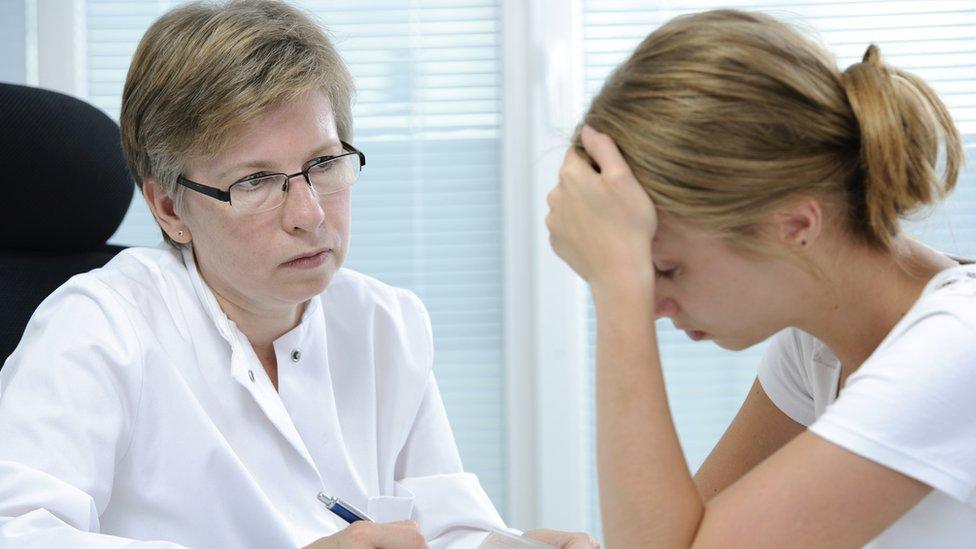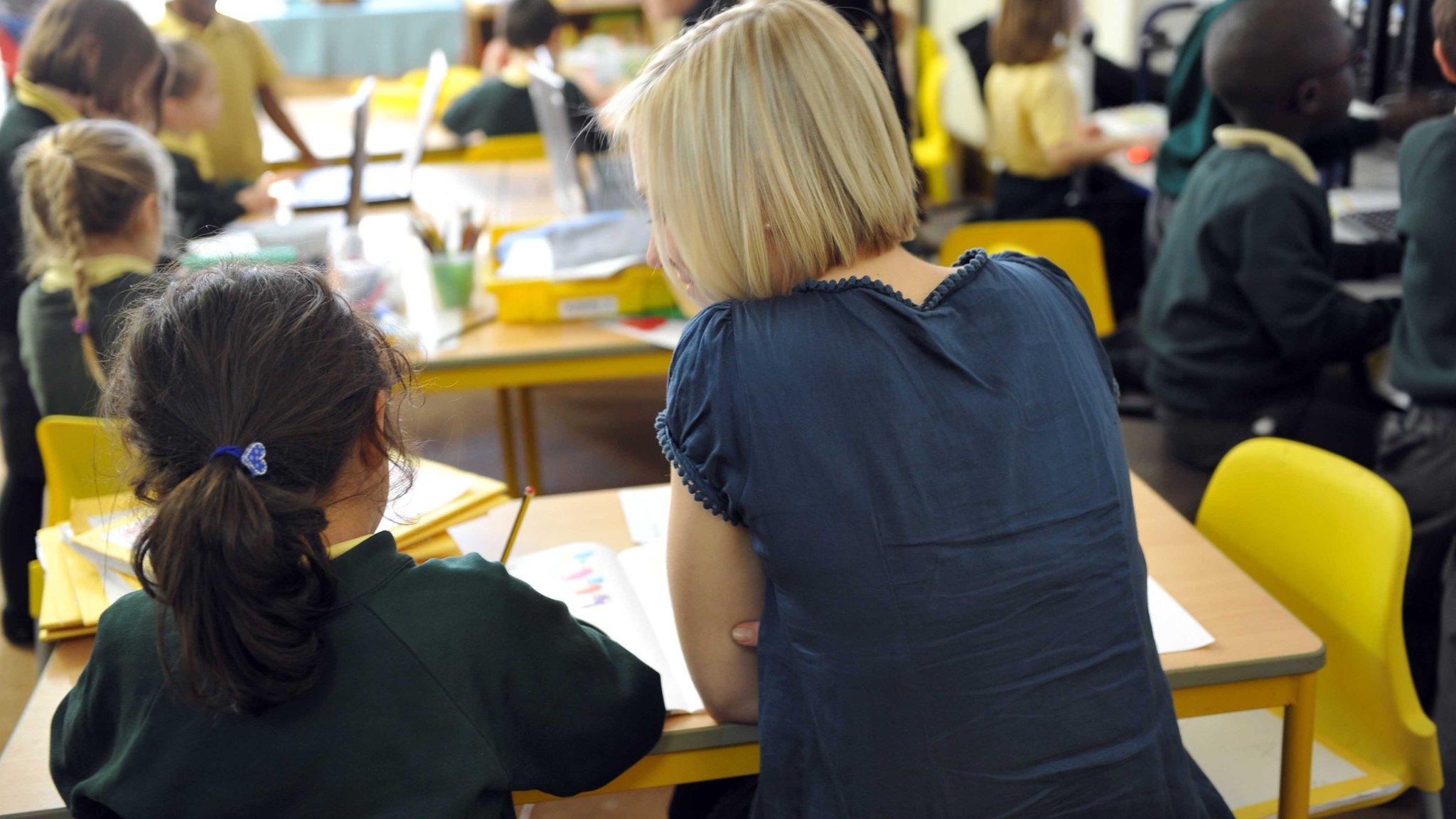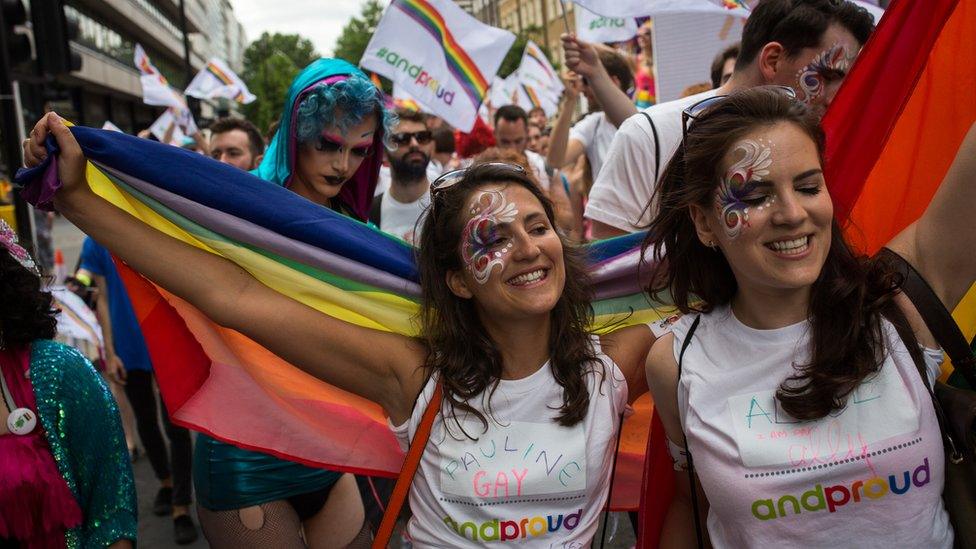More young people in UK 'identifying as LGB', ONS finds
- Published

The proportion of UK young people who identify as lesbian, gay or bisexual has increased, figures show.
Some 3.3% of 16 to 24-year-olds - about 242,000 people - identified as LGB in 2015, up from 2.8% in 2014.
The rise was mainly due to more people identifying as bisexual, the Office for National Statistics said, up from 1.3% in 2014 to 1.8% last year.
Rights charity Stonewall said that may in part be a result of more LGB role models in the public eye.
It named model and actress Cara Delevigne, boxer Nicola Adams and singer Miley Cyrus among high-profile people to come out as bisexual in recent years.
The ONS's sexual identity data, external comes from its Annual Population Survey.
Sexual identity is one part of the concept of "sexual orientation", which does not necessarily reflect sexual attraction or sexual behaviour, the ONS said.
It currently does not measure sexual attraction or sexual behaviour.
Other findings showed:
Across the entire population 93.7% identified as heterosexual, and 1.7% did so as LGB - an increase from 1.6% in 2014
The remainder either identified as "other", "don't know" or refused to respond
The lowest proportion of LGB people was among over-65s (0.6%) - the same as in 2014
Northern Ireland has the highest national proportion of LGB people (1.9%), followed by England (1.8%) and Scotland and Wales (1.6%)
London has the highest regional proportion of LGB people (2.6%) with the east of England having the lowest (1.2%)
More men (2.0%) than women (1.5%) identified as LGB
Among men, 1.6% identified as gay and 0.5% as bisexual while 0.7% of women identified as lesbian and 0.8% as bisexual

'Younger generation are more open'

Lana Peswani, 24, first had feelings towards women when she was a young child but says she didn't know at the time what they meant.
She was bullied in her all-girls secondary school by students who called her a lesbian.
However, it was when she was 17 that she heard the term pansexual for the first time and realised it applied to her.
Pansexuality is a term used to describe those who can feel an attraction to anyone, regardless of their sex or gender.
Miss Peswani, who lives in London, has had relationships with men and women, and said: "I feel my attraction to people is quite fluid.
"I fancy guys, girls and trans people, and I find androgyny attractive. It's more about the person and the energy they give."
She added: "I think the younger generation are a lot more open. They are aware of things like trans issues.
"At my school people weren't aware of trans issues at all."

A spokeswoman for Stonewall welcomed the figures and said there were now more LGB role models in the media and more open discussions in society about bisexuality.
She said: "We would hope that individuals who had previously felt pressured to conceal their bi identity now feel safer and more empowered to be open about how they identify.
"It's a shame the data doesn't account for those who identify outside of the binaries of lesbian, gay and bi, however.
"We know that many LGBT people prefer not to label their sexual orientation in such a way, and so their input in this research is lost."
Some 320,000 are polled each year for the Annual Population Survey, from which individual reports are published throughout the year.
- Published11 April 2016

- Published11 February 2016

- Published1 July 2016
